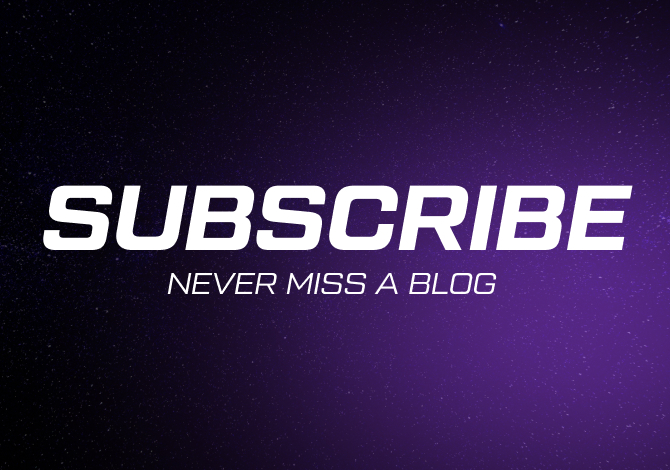As a digital forensics experts with experience in employment law matters, we understand that staying abreast of developments within the intersection of workplace conduct and technology is essential. With that in mind, the recent lawsuit against SpaceX and CEO Elon Musk brought forth by former employees offers an imperative discussion point: the critical role of digital forensics in investigating claims of a hostile and abusive workplace. In addressing this lawsuit, this article aims to shed light on how proficient utilization of digital forensics can interpret and, possibly, substantiate allegations of misconduct in a manner that extends beyond traditional investigative techniques.

In the tech-entwined sphere of modern employment, where the bulk of interpersonal communication is mediated through digital channels, the efficacy of digital forensics becomes vitally evident. This scientific discipline envelops the preservation, identification, extraction, and documentation of computer evidence, which can be used in the investigation of workplace hostility and abuse allegations.
The Current SpaceX Allegations as a Case Study:
The case involving SpaceX serves as a contemporary and pertinent instance for employment lawyers to consider the robust capabilities of digital forensics. The plaintiffs allege their termination was a direct result of their objections to purportedly discriminatory practices. In such scenarios, a thorough digital forensic analysis can uncover and retain valuable evidence embedded in emails, instant messaging, internal reports, and HR systems. Forensic examiners can retrieve data believed to be deleted or hidden – a practice that those involved in the inappropriate conduct might engage in to obscure their actions.
Preservation and Authenticity of Digital Evidence:
During the infancy of a legal dispute, the prompt preservation of electronic evidence is imperative. Forensically sound methods ensure that the integrity of data is maintained, providing an authentic depiction of the digital interaction landscape within the company. This might include a broad spectrum of artifacts from company servers, computers, smartphones, cloud storage, and even personal devices employed for work purposes under a Bring Your Own Device (BYOD) policy.
The Immense Value of Metadata:
Metadata, which is essentially data about data, captures the who, what, when, and how of digital interactions. This underappreciated facet of digital forensics can offer employment attorneys a richer, more detailed account of events. Time-stamps, authorship, and edit history on documents can be revelatory in piecing together a timeline, validating the authenticity of complaints, or refuting spurious claims.
Digital Communications Analysis:
It is in the interpretative examination of digital communication where the prowess of digital forensics truly manifests. Employment lawyers armed with forensic reports can discern patterns of behavior in the communication data of the involved parties. Do particular terms recur? Are there unusual frequency spikes in communication between certain individuals? Is there evidentiary support for a claimant’s assertion of being marginalized or ostracized? With detailed forensic analysis, patterns of communication can reveal critical insights. Our Computer Forensics Services help uncover these crucial patterns to support your case.
Forensic Investigation of Policies and Procedures:
A digital forensic audit can also extend to a company’s adherence to established policies and procedures. It is plausible that, within the SpaceX scenario, digital documents govern the expected workplace behavior and reporting mechanisms for misconduct. Forensics can determine if these guidelines were systematically ignored or manipulated, underscoring deviations from standard operational protocols.
Projections, Presentations, and Legal Considerations:
Producing the digital evidence in a readily comprehensible format for a courtroom setting is among the final stages. Sophisticated visual aids or simplified renditions of complex data structures can make the difference in a jury’s or judge’s understanding. However, it is also worth noting that while the harvested data can be illuminating, it must be assessed within the ambit of privacy laws and legal privilege to avoid the unintended breach of confidentiality and ensure admissibility.
Conclusion:
An in-depth, forensic investigation into the recent allegations could yield persuasive, unambiguous insight into alleged discriminatory practices. Employment law practitioners, therefore, should be attuned to the might of digital forensics in their litigious arsenal – a discipline capable of elucidating nuances of workplace disputes in an era progressively defined by digital interactivity.
Whether SpaceX’s matter unfolds in the favor of the claimants or the accused, it unfailingly illustrates the informational power inherent to our digital traces. It is incumbent upon legal professionals to recognize the digitized contours of modern workplace disputes and harness the ampliative power of digital forensics therein — a power that can help shape outcomes and drive towards a resolution in the digital age of employment law.




